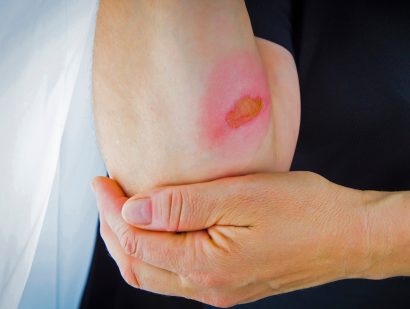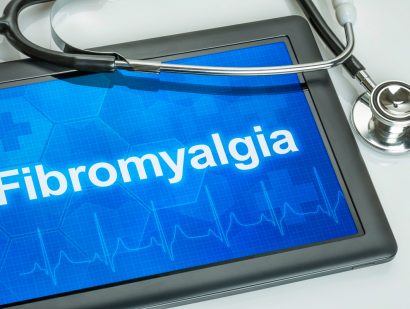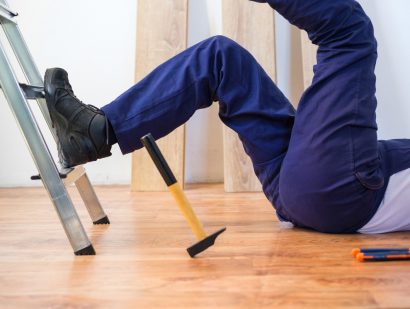- Find A Medical Provider
- Auto Injuries
- Common Injuries
- Medical/Pharmaceutical
- Types of Medical Injuries
- Malpractice Injuries
- Drug and Medical Device Injuries
- Drugs and Devices Linked to Cancer
- Opioid Addiction
- Drugs and Devices Known to Cause Injury
- 3M Combat Arms Earplugs – Hearing Loss
- Accutane
- Aciphex
- Actonel
- Actos
- Adderall and Ritalin
- Advair
- Aldara (Imiquimod)
- Alli
- Ambien
- Amiodarone
- Anzemet
- Aptivus
- Aranesp
- Arava
- Atorvastatin
- Avandia
- Benicar
- Birth Control Medication
- Blood Thinners
- Essure
- Fosamax (Alendronate Sodium)
- Gadolinium-Based MRI Contrast Agents
- Granuflo
- Hernia or Surgical Mesh Injuries
- Hydroxycut
- Inferior Vena Cava Filters
- Invokana Toe and Foot Amputations
- Ketek
- Levaquin
- Lipitor
- Mirapex
- Neurontin
- Onglyza
- Over-the-Counter Medications
- OxyContin
- Paxil
- Power Morcellators
- Pradaxa
- Propecia
- Reglan
- Talc Powder
- Trasylol
- Valsartan
- Viagra
- Xolair
- Zelnorm
- Zoloft
- Work Injuries
- Sports Injuries
- Marketing Services
- Blog
List your practice on InjuredCare | Log in / Sign up
Sciatica

The sciatic nerve is the largest nerve in the body, and it provides sensation and motor function to the lower extremities. It runs from the lower back down the back of each leg. The sciatic nerve provides feeling to the back of the thigh, the lower part of the leg and the sole of the foot. Sciatica is a condition that causes pain, weakness, numbness or tingling, usually on one side of the body. It's most common in people between the ages of 30 and 50. In most cases, sciatica heals on its own.
Causes of Sciatica
The condition of sciatica is the result of damage to the sciatic nerve. Most patients with sciatica have compression of the L5 or S1 nerve roots. Other common causes of sciatica are degenerative disc disease, pelvic injury or fracture, slipped disk and tumors.
Symptoms
The symptoms of sciatica vary. Generally, however, the condition is marked by pain on one side that starts in the lower back and extends down the leg to the calf, foot and sometimes toes. The feeling can be one of weakness, numbness, burning, tingling or "pins and needles" down the leg. The pain even can vary in different parts of the leg, with sharp pain in some places and numbness in others. The pain of sciatica sometimes is severe enough to immobilize a person.
Diagnosing Sciatica
In order to diagnose sciatica, a physician must conduct a physical exam, which involves a complete patient history and discussion about when the pain started, what it feels like and to where in the lower extremities it travels. In the exam room, the patient might be asked to perform squats, walk on his or her heels and toes and lift his or her legs straight off the examining table. This detailed evaluation assists physicians in identifying the exact spot of the irritated nerve. Additional tests, such as blood tests, X-rays and magnetic resonance imaging (MRI) can confirm a diagnosis of nerve damage.
Treating Sciatica
The goal of sciatica treatment is to help the person maximize his or her mobility. With proper rest, the condition usually heals on its own. In fact, according to the American Academy of Orthopaedic Surgeons, 80%-90% of patients with sciatica get better over time without surgery.
Nonsurgical treatment for sciatica is most appropriate in cases when the pain came on suddenly and the patient has no difficulty moving, no trauma to the area, no indication that the nerve has degenerated and minimal loss of sensation. Non-steroidal anti-inflammatory drugs can help reduce inflammation and manage pain over the short term. Heat or cold compresses on painful muscles also can be soothing. Some physicians inject a cortisone-like drug into the spine to relieve pain.
With sciatica, it is important to rest; however, light activity helps reduce inflammation. Doctors might suggest physical therapy, which includes stretching exercises and light walking. In most cases, sciatica improves within a few weeks.
If intense leg pain has lasted at least three months and has seriously limited the patient's mobility, surgery might be required. In such cases, a piece of the herniated disk pressing on a nerve is removed. If the pain is in the leg, surgery has a 90 percent chance of success.
Source Information
MedlinePlus. "Sciatica." National Library of Medicine and National Institutes of Health (accessed Aug. 17, 2017).
American Academy of Orthopaedic Surgeons. "Sciatica" (accessed Aug. 17, 2017).









